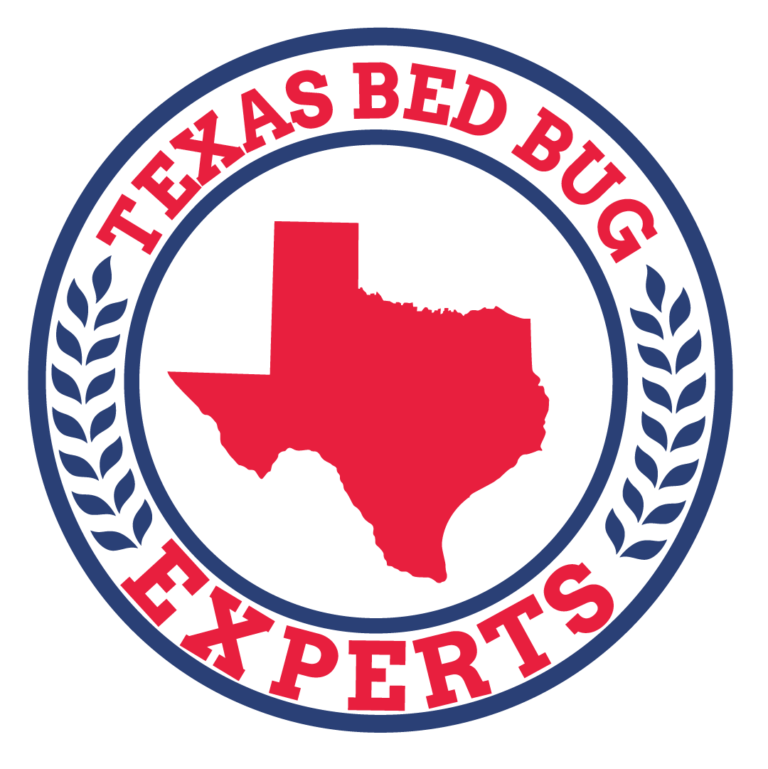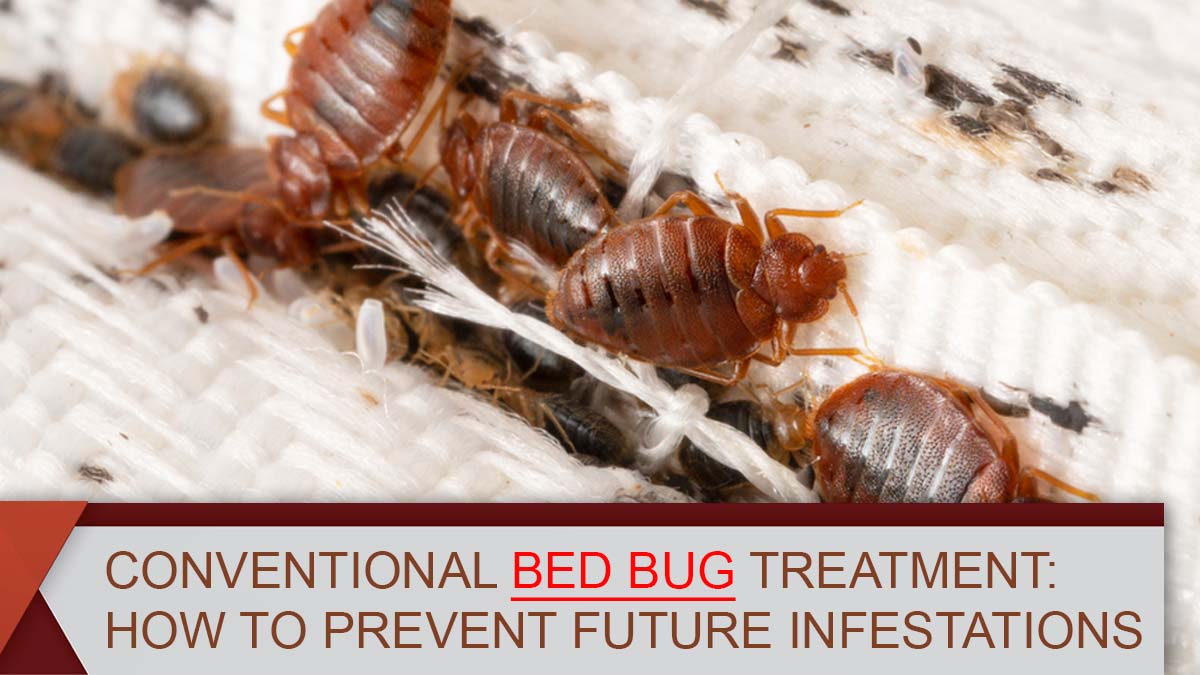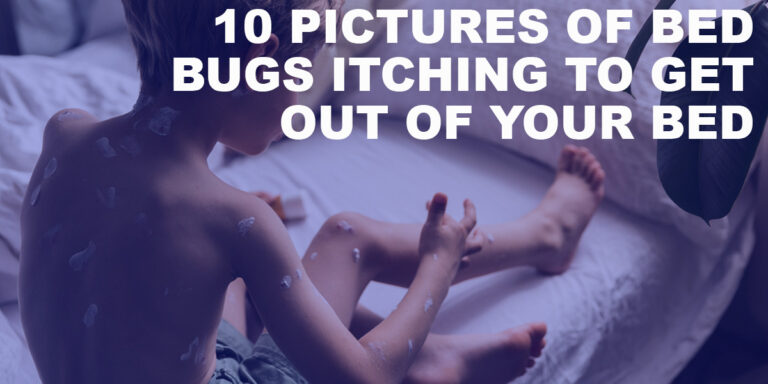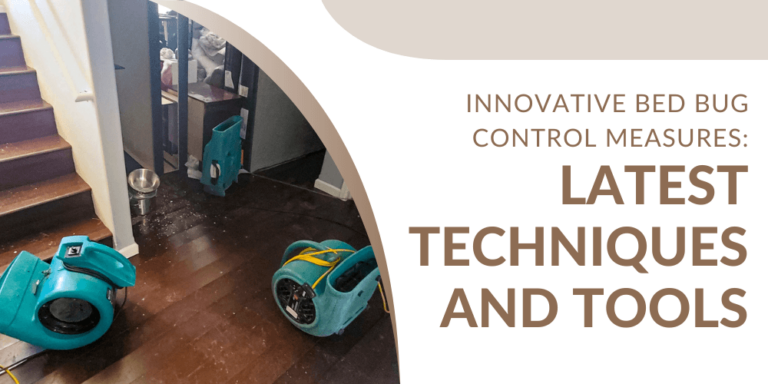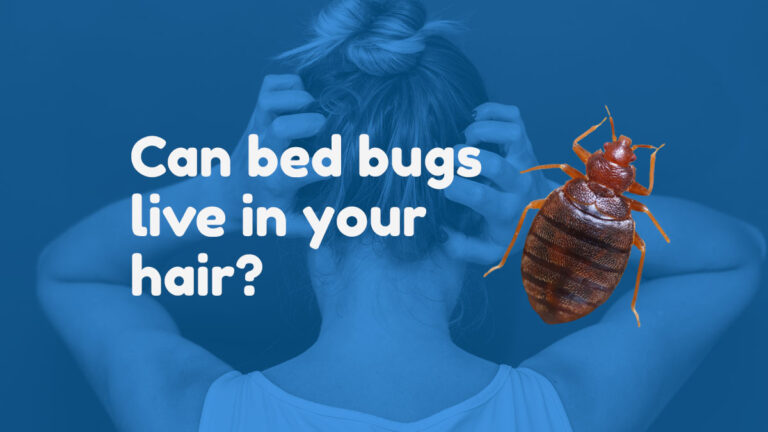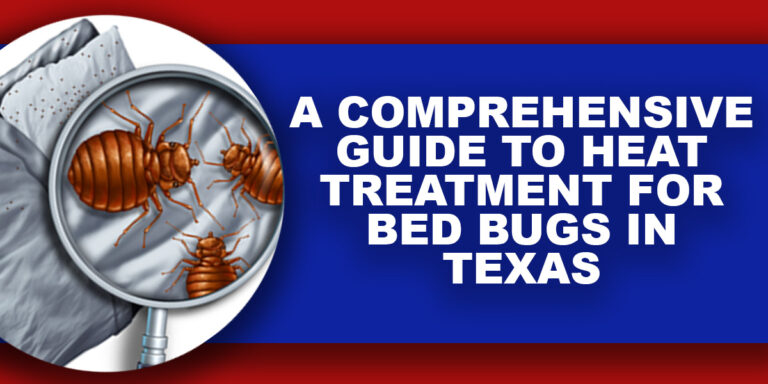Conventional Bed Bug Treatment: How to Prevent Future Infestations
Have you ever experienced the creeping sensation of bed bugs crawling on your skin as you lay in bed, dreading the morning’s discovery of itchy red welts? If so, you understand the frustration and discomfort of a bed bug infestation.
Bed bugs are an ongoing issue that wreaks havoc on our homes and hotels, causing distress and discomfort. Conventional bed bug treatments are crucial in combating these pests and preventing future infestations. This article will delve into bed bug treatment, explore these pests’ behavior and life cycle, discuss various effective treatment methods, and provide valuable tips to prevent future infestations.
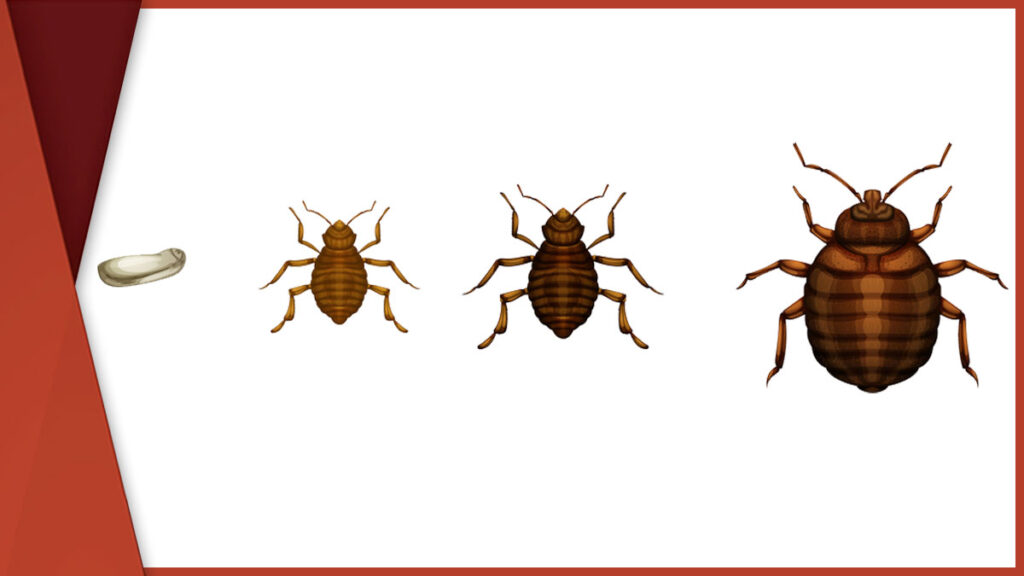
Understanding Bed Bug Behavior and Life Cycle
To effectively combat bed bugs, it is essential to understand their behavior and life cycle. Bed bugs are tiny, wingless insects that consume human and animal blood for food. They are nocturnal creatures, hiding during the day and emerging at night to feed. Bed bugs reproduce rapidly, with a female laying hundreds of eggs in her lifetime.
A bed bug’s life cycle includes several stages: egg, nymph, and adult. Egg-laying insects lay tiny eggs about the size of a pinhead and often lay them in cracks and crevices near their food source. Nymphs resemble smaller versions of adult bed bugs and molt several times before adulthood. The entire life cycle can take a few weeks to several months, depending on environmental conditions and food availability.
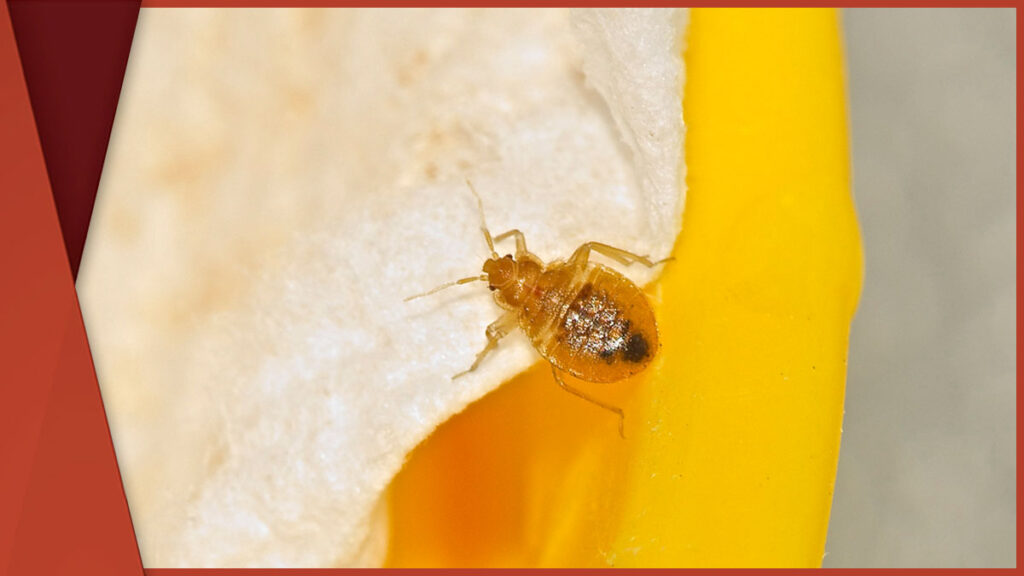
Effective Conventional Bed Bug Treatment Methods
Combatting the pervasive nuisance of bed bugs requires employing effective conventional treatment methods that target these resilient pests. The following are proven techniques to eliminate bed bugs and restore peace to your living spaces:

1. Chemical Treatments
People commonly use chemical treatments to control bed bug infestations. People apply insecticides formulated explicitly for bed bug control to areas where bed bugs hide, such as cracks, crevices, and furniture. These insecticides work by disrupting the bed bugs’ nervous system, leading to their eventual demise.
When using chemical treatments, it is crucial to abide by the safety precautions and directions given by the manufacturer. Gloves and a mask, among other protective clothing, are essential to prevent exposure to potentially harmful chemicals. Furthermore, it is crucial to guarantee ventilation in the treated area and keep children and pets away until the treatment has dried or dissipated.

2. Heat Treatments
Heat treatments have gained popularity as an effective method for eradicating bed bugs. These treatments involve raising the infested area’s temperature to a level lethal to bed bugs. Professionals also use specialized heaters and fans to distribute heat evenly throughout the space, subjecting all bed bugs and their eggs to lethal temperatures.
Temperature control is crucial during heat treatments to ensure effectiveness. We must sustainably maintain the targeted temperature to ensure the elimination of bed bugs. Heat treatments are highly effective; they can reach areas where bed bugs may hide, such as wall voids and electrical outlets. However, it is essential to note that heat treatments can be costly due to the specialized equipment and expertise required.

3. Cold Treatments
Cold treatments, called cryonite treatments, involve freezing temperatures to kill bed bugs. This method utilizes carbon dioxide in a solid form to create cool temperatures, causing instant death to the pests. Cold treatments can be adequate for localized infestations, but they may not reach hidden bed bugs or their eggs in areas that are difficult to access.
Compared to other treatment options, cold treatments may be less expensive and do not require extensive preparation or post-treatment cleanup. However, their effectiveness may vary depending on the severity of the infestation and the accessibility of the affected areas.
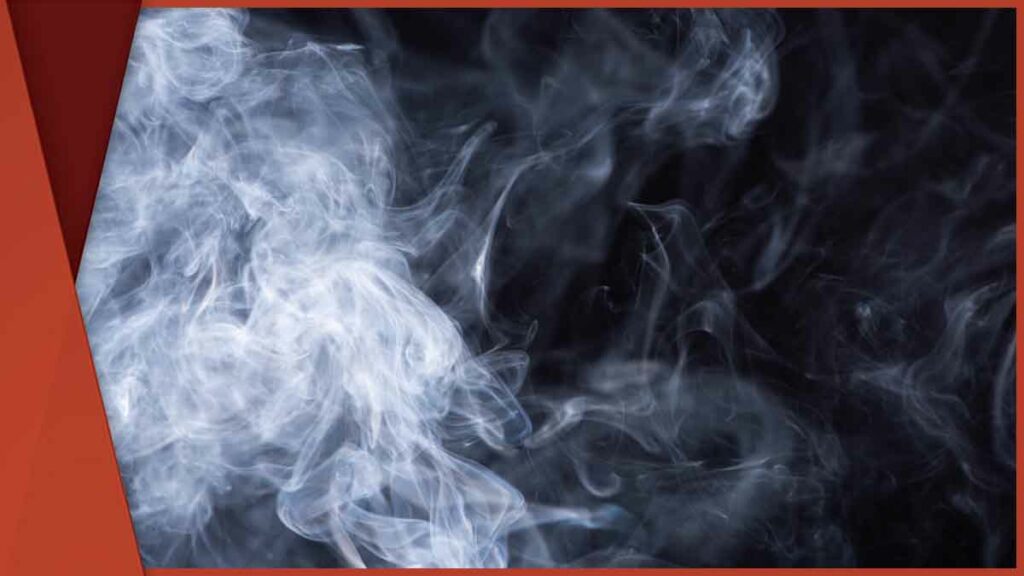
4. Steam Treatments
Steam treatments can be a valuable tool in the fight against bed bugs. The high temperature of the steam effectively kills bed bugs and their eggs upon contact. Moisture can penetrate deep into cracks and crevices, reaching hidden bed bugs that may resist other eradication methods.
When utilizing steam treatments, you must exercise caution. Direct the steam towards the infested areas while avoiding excessive proximity to prevent damage to furniture or materials. Moving the steam nozzle over surfaces is necessary to ensure comprehensive coverage. Additionally, it is crucial to follow the manufacturer’s instructions for the steam device and utilize protective gear, such as gloves, to prevent burns.
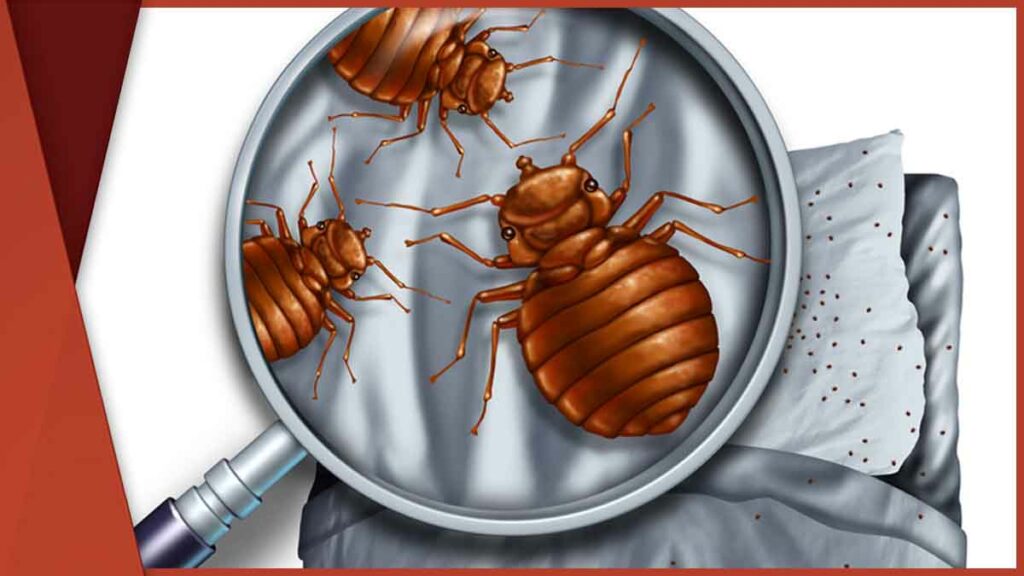
Preventing Future Bed Bug Infestations
Prevention plays a vital role in managing bed bugs. Taking proactive measures to avoid infestations can alleviate the worry and inconvenience associated with these pests. The following are some tips to prevent bed bug infestations in homes and hotels:
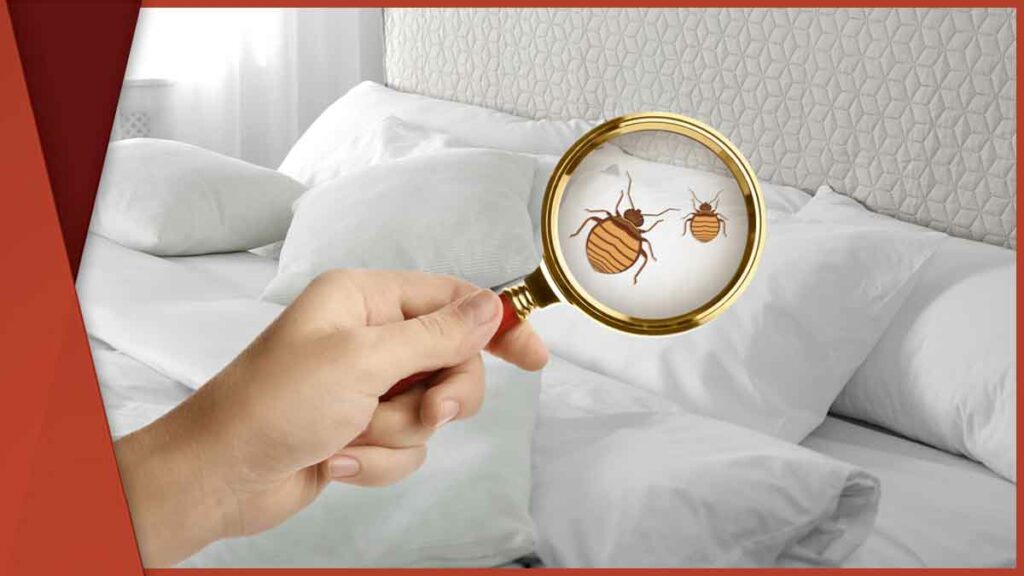
1. Regular Inspection
Conduct regular inspections of your home or hotel rooms, paying close attention to areas where bed bugs are known to hide, such as mattresses, bed frames, furniture, and baseboards. Early detection can help prevent infestations from spreading.
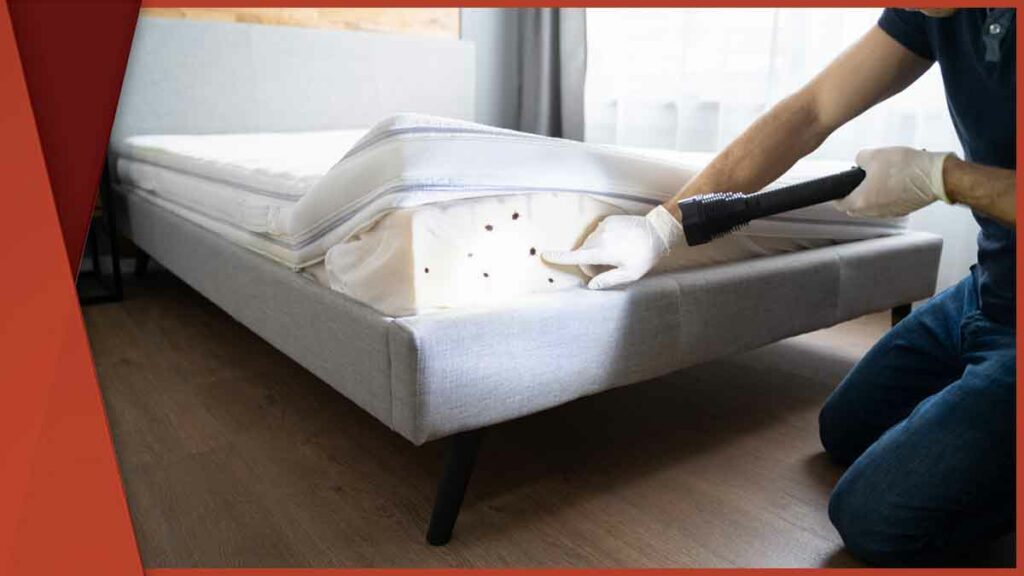
2. Detection of Early Signs
Look for early signs of bed bug activity, including blood stains on sheets, dark spots (fecal matter) on mattresses or furniture, and a sweet, musty odor. If you suspect bed bugs, take immediate action to address the issue.

3. Proper Cleaning and Maintenance
Keep your living spaces clean and clutter-free. Vacuum mattresses, carpets, and furniture regularly to remove any potential hiding places for bed bugs. Fill up cracks and fissures in furniture and walls to eliminate potential hiding spots.

4. Avoid Secondhand Furniture
Be cautious when acquiring used furniture, especially mattresses and upholstered items. Inspect them for any signs of bed bugs before bringing them into your home or hotel.
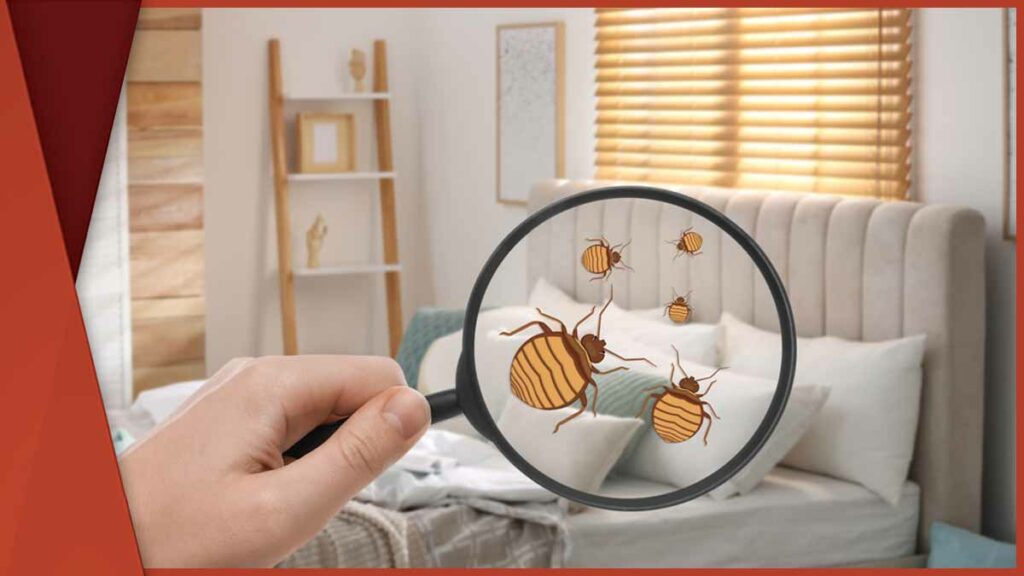
Effective Prevention Strategies!
In summary, effective conventional bed bug treatment methods are crucial for eliminating these pests and preventing future infestations. Chemical, heat, cold, and steam treatments are practical options with advantages and considerations. However, prevention is equally important.
Furthermore, by implementing preventive measures and practicing regular inspection and maintenance, individuals can create a bed bug-free environment and avoid the physical, emotional, and financial burdens associated with infestations. Stay vigilant and take prompt action to maintain a bed-bug-free living space.
Reference:
Wang, C. Methods to Control Bed Bugs retrieved from https://njaes.rutgers.edu/bed-bug/methods-to-control-bed-bugs.php
